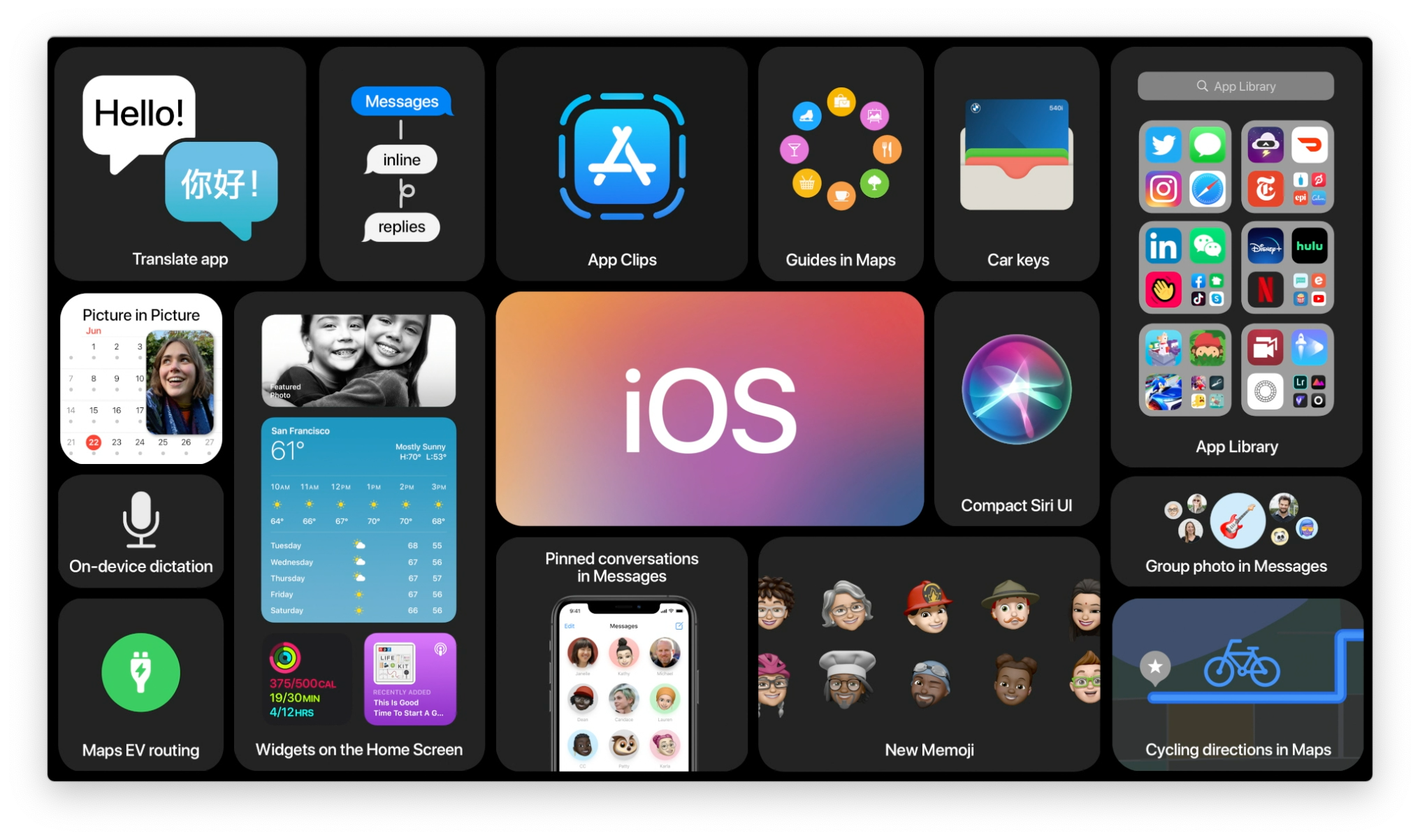How to use Touch ID: The ultimate guide
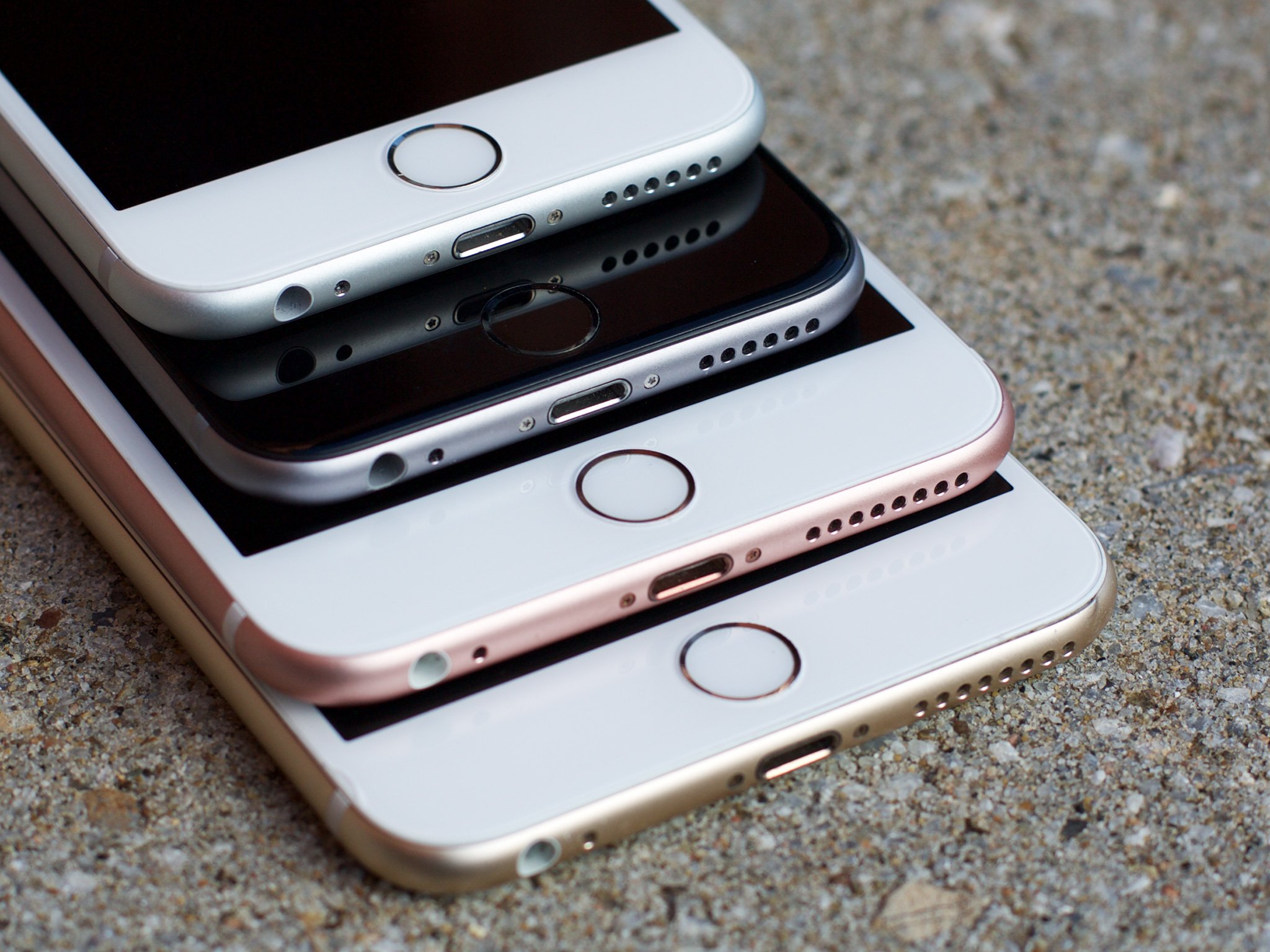
Touch ID lets your device identify who you are using your fingerprint as an ID. That way, your iPhone, iPad, or Mac knows to unlock your device, authorize purchases, provide access to your password and banking apps, and more. And it knows how to keep other people out.
Don't think of it as a security system — a strong alphanumeric password is still best for security — but as an additional layer of security and a convenience, to boot. With Touch ID, you can keep your devices locked down without the hassle and extra time required to enter passcode or passwords when you need to get into your iPhone, iPad, or Mac.
Note: Touch ID works on iPhone 5s through iPhone 8, iPad Air 2 and later, iPad mini 3 later, and all Touch ID supported Macs.
- What is Touch ID?
- How to use Touch ID on iPhone and iPad
- How to use Apple Pay on iPhone and iPad
- How to lock Notes with password or Touch ID on iPhone and iPad
- Best apps for Touch ID on iPhone and iPad
- How to use Touch ID on the MacBook Pro
- How to use Touch ID on an older Mac
- How to use Apple Pay on the Mac
- How to troubleshoot Touch ID
What is Touch ID?
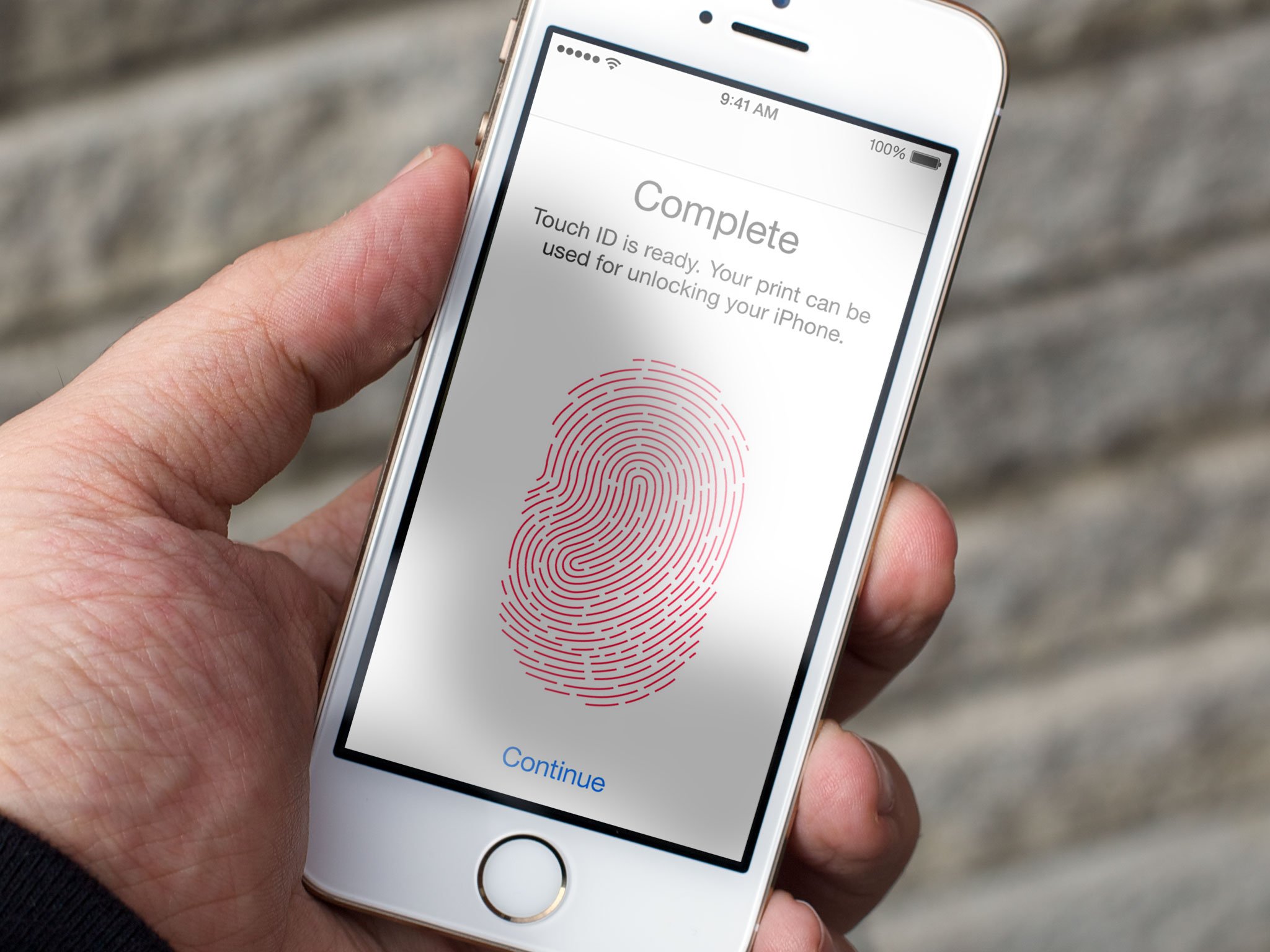
Touch ID is the name of Apple's fingerprint identity sensor. It's a form of biometric security that's meant to be more convenient than entering a passcode or password, especially on iPhones, iPads, and Macs we use hundreds of times a day.
- Touch ID in iOS: Explained
- Curious where Touch ID came from? Early prototype demoed, history unlocked!
- Apple's Security Guide
Built right into the Home button on every recent iPhone and iPad, Touch ID uses a highly scratch-resistant sapphire glass lens that protects the assembly and focuses the sensor, and a color-matched steel ring that surrounds it, waiting to detect your finger. When the ring is triggered, the capacitive Touch ID sensor activates and takes what's effectively a high-resolution snapshot of your fingerprint. The fingerprint is compared against what's stored in the secure enclave on the Apple A-series chipset, and if the unique characteristics in the arches, loops, or whorls match, Touch ID releases a "yes" token and you're instantly authenticated and your iPhone or iPad will unlock, your purchase will be authorized, your app will open, etc. If they don't match, Touch ID releases a "no" token and you're kept out.
What's more, every time Touch ID scans your fingerprint, it uses the data to improve recognition, so it should work more consistently from more angles over time.
You can use Touch ID on your compatible iPhone, iPad, and Macs for the following:
iMore offers spot-on advice and guidance from our team of experts, with decades of Apple device experience to lean on. Learn more with iMore!
- Unlocking your device (and additionally, on a Mac, switch between user accounts)
- Buying items with Apple Pay (in-store and online with iPhone; online-only for iPad and Mac)
- Authorizing iCloud purchases from iTunes and the App Stores
There are some cases when Touch ID is automatically turned off to protect your security:
- If Touch ID hasn't been used in 48 hours, you'll need to enter your passcode or password to re-enable it.
- If your iPhone, iPad, or Mac has been rebooted or reset, you'll need to enter your passcode or password to re-enable it.
- If a fingerprint isn't recognized 5 times in a row, you'll need to enter your passcode or password to re-enable it.
- If a remote lock has been sent via Find my iPhone or Find my Mac, you'll need to enter your passcode or password to re-enable it.
- If your passcode hasn't been used to unlock in six days, and Touch ID hasn't been used to unlock in six hours, you'll need to enter your passcode or password to re-enable it.
Otherwise, it really is as simple as putting your finger on the Home button.
How to use Touch ID on your iPhone or iPad

Touch ID lets you have the security of a passcode or alphanumeric password while conveniently accessing your iPhone — all while using your fingerprint. You can register up to 5 fingerprints from your own fingers, that of your family or colleagues, or a fellow traveler in case of emergencies — without having to give them your passcode or password. Best of all, adding new fingerprints is easy. Here's how to set up Touch ID on your iPhone or iPad.
How to use Apple Pay on iPhone or iPad
Apple Pay lets you make in-store purchases with your iPhone, and online purchases with your iPhone or iPad, with just a scan of your fingerprint. It makes credit and debit card purchases easier and more secure. All you have to do is set it up and start using it!
How to lock Notes with password or Touch ID on iPhone and iPad
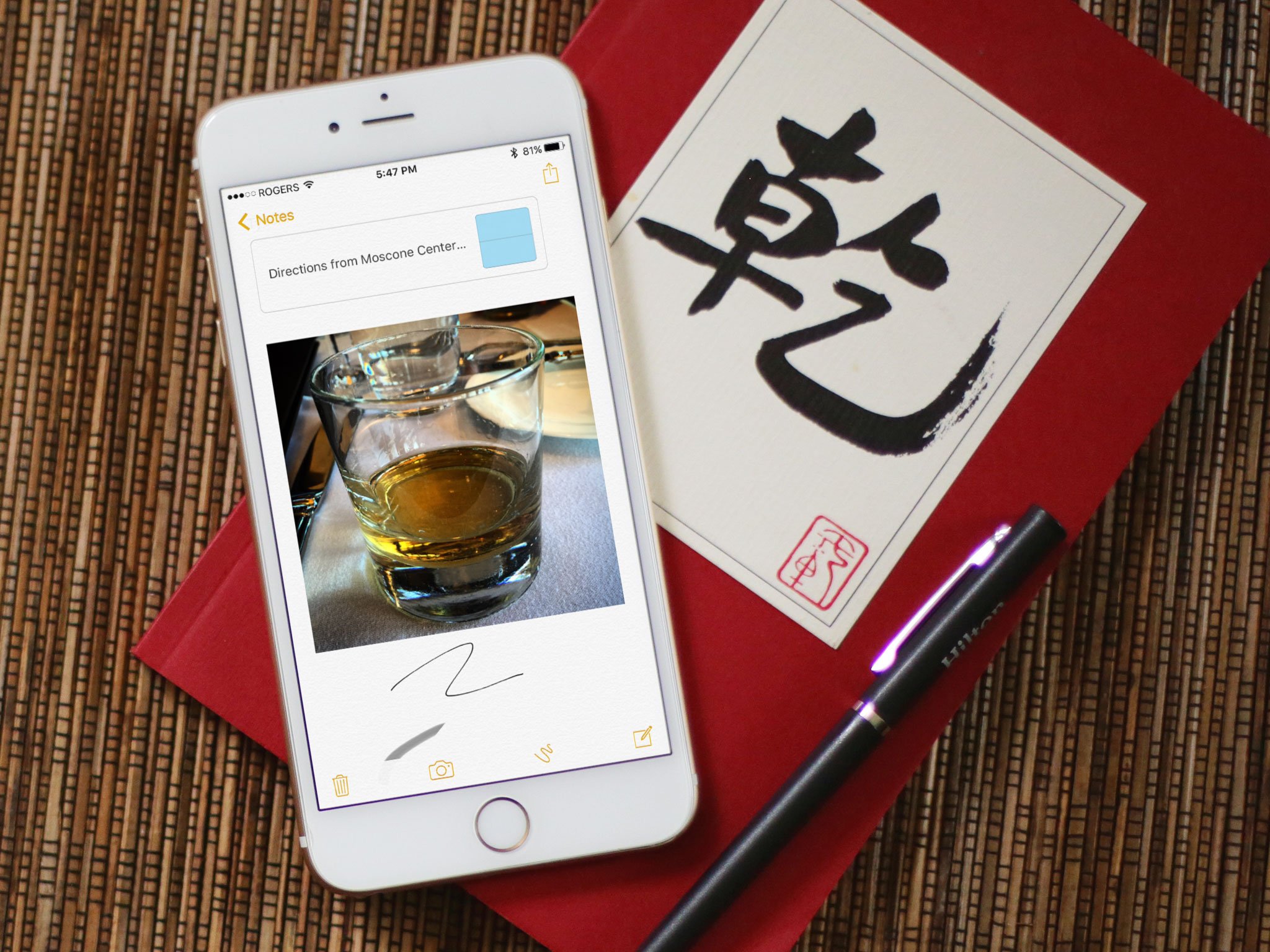
Notes are a handy way to collect and store any information you want to keep handy. If that information is medical, financial, or otherwise personal — like a hotel reservation or phone number, or a draft message — you may want to keep it extra safe. That's why Notes lets you set a password and use it or Touch ID on iPhone or iPad to secure any individual note. It's easy to do, once you know how!
Best Touch ID apps for iPhone
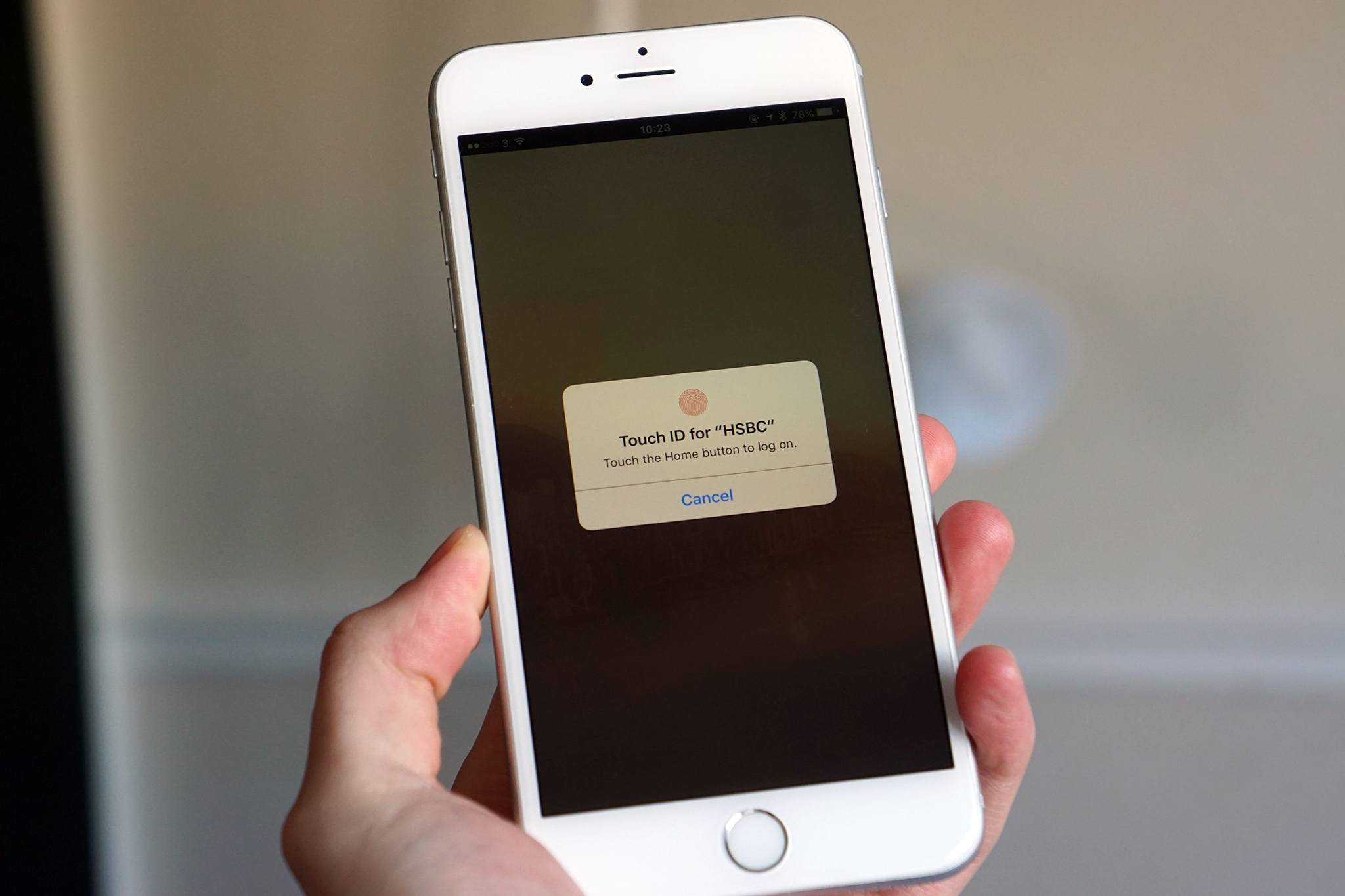
Touch ID isn't just for unlocking your iPhone: App Store apps can integrate Touch ID if they choose, too. Given that we store lots of personal and sensitive information on our iPhone, it's important to safeguard certain apps with passwords — or, in the case of Touch ID, fingerprint protection. Here are some of the best iPhone apps that do a great job of integrating Touch ID.
How to use Touch ID on your Mac

Apple's new Touch Bar MacBook Pro models offer support for Touch ID, the company's fingerprint-based authentication system. Here's how to set it up and use it on your Mac!
How to use Touch ID on an older Mac
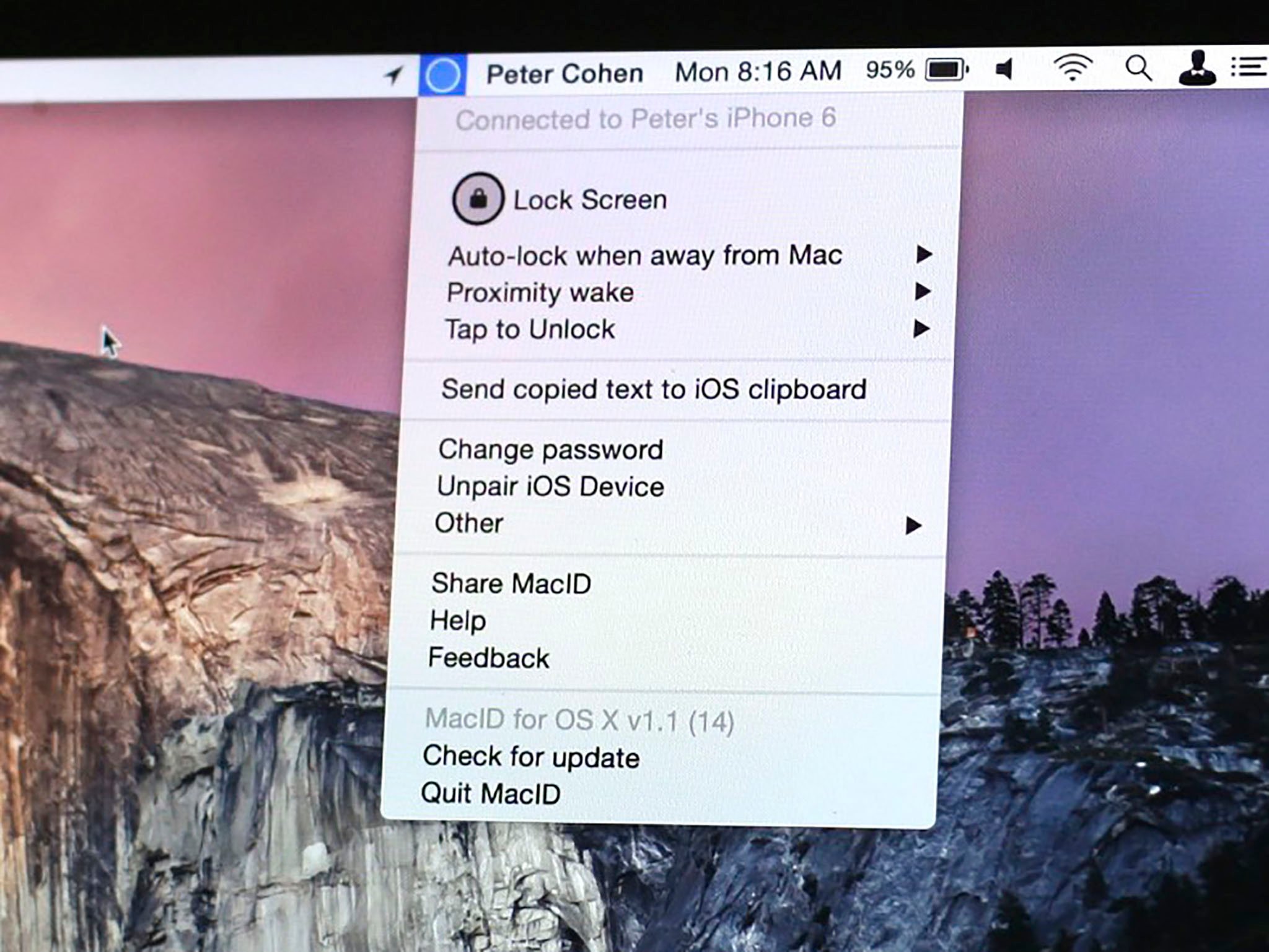
Even if you don't have a Mac with Touch Bar and Touch ID, you can still use Apple's biometric authentication system if you have an iPhone or Apple Watch. Here's how!
How to use Apple Pay on the Mac
If you do a lot of online shopping on your Mac, Apple Pay lets you authorize payments made on your Mac via the Touch ID sensor on your MacBook Pro or iPhone, or via Apple Watch — as such, you can say sayonara to typing your credit card information into every site that needs it.
Touch ID not working for you? Here's how to fix it!
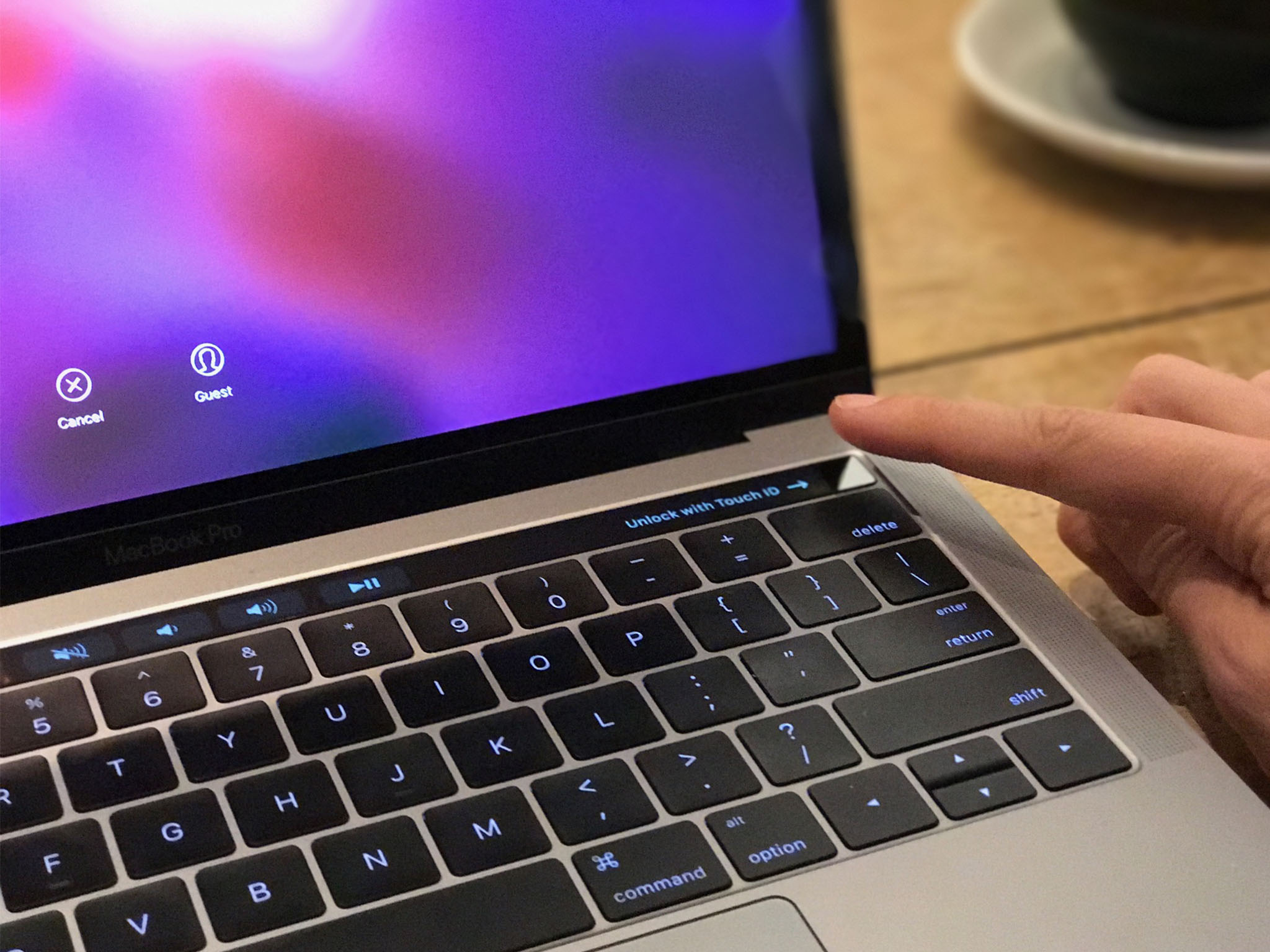
How do I fix Touch ID? If you can't get access to your iOS device or Mac with Touch ID, try these troubleshooting tips!
Any Touch ID questions?
If you have any trouble setting up or using Touch ID, or any additional questions, drop them in the comments below!
Serenity Caldwell contributed to an earlier version of this guide.

Rene Ritchie is one of the most respected Apple analysts in the business, reaching a combined audience of over 40 million readers a month. His YouTube channel, Vector, has over 90 thousand subscribers and 14 million views and his podcasts, including Debug, have been downloaded over 20 million times. He also regularly co-hosts MacBreak Weekly for the TWiT network and co-hosted CES Live! and Talk Mobile. Based in Montreal, Rene is a former director of product marketing, web developer, and graphic designer. He's authored several books and appeared on numerous television and radio segments to discuss Apple and the technology industry. When not working, he likes to cook, grapple, and spend time with his friends and family.
